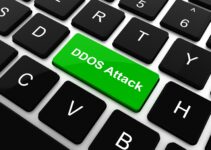As social distancing and fewer labor forces on-site drove digital trends such as blockchain and IoT, recent developments such as the introduction of COVID-19 brought blockchain to the fore. While the exponential rise of cryptocurrencies like bitcoin has thrown a positive spotlight on blockchain technology, recent developments like COVID-19 and its impact on the linked economy have created new imperatives for transaction digitization. IoT has also emerged as one of the most critical technologies of the twenty-first century in recent years.
What is Blockchain?
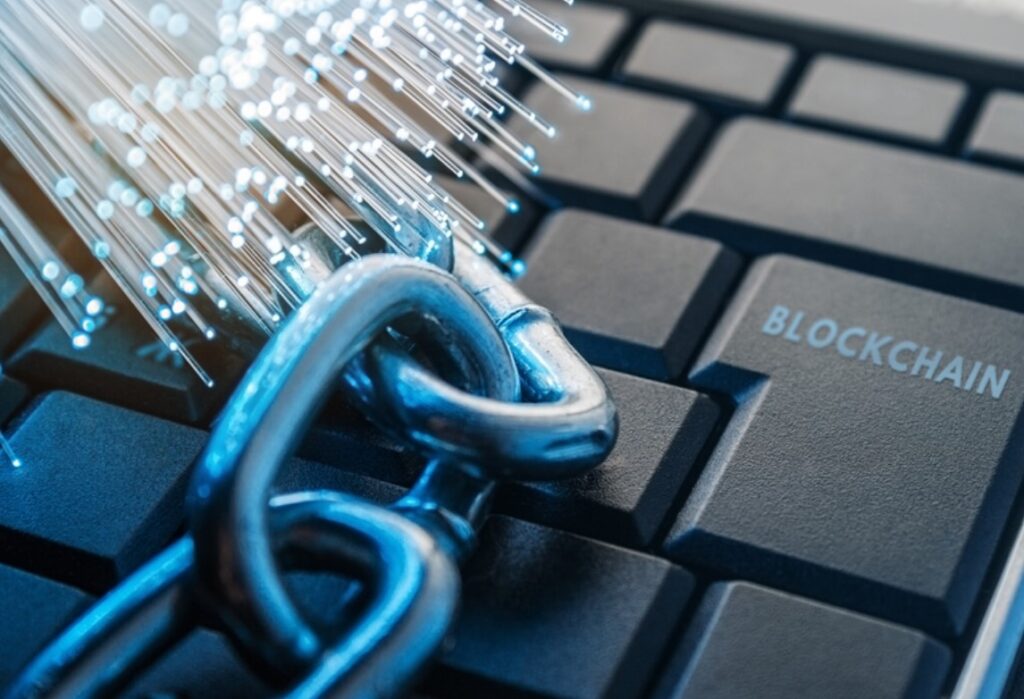
Source: openaccessgovernment.org
Blockchain is a distributed, unchangeable ledger that makes recording transactions and managing assets in a corporate network much more accessible. A tangible asset such as a car, house, or cash has physical documents to corroborate its existence.
On a blockchain network, virtually anything of value may be recorded and traded, lowering risk and cutting costs for all parties involved. Cryptocurrency is the best use of blockchain technology, and people are selling and investing in these digital currencies worldwide. However, if you wish to begin your cryptocurrency trading journey, click here.
What is the Internet of Things (IoT)?
The Internet of Things (IoT) refers to a network of physical objects—”things”—embedded with sensors, software, and other technologies with the purpose of communicating and exchanging data with other devices and systems via the internet. These gadgets include everything from everyday domestic items to complex industrial tools.
The Significance of Blockchain
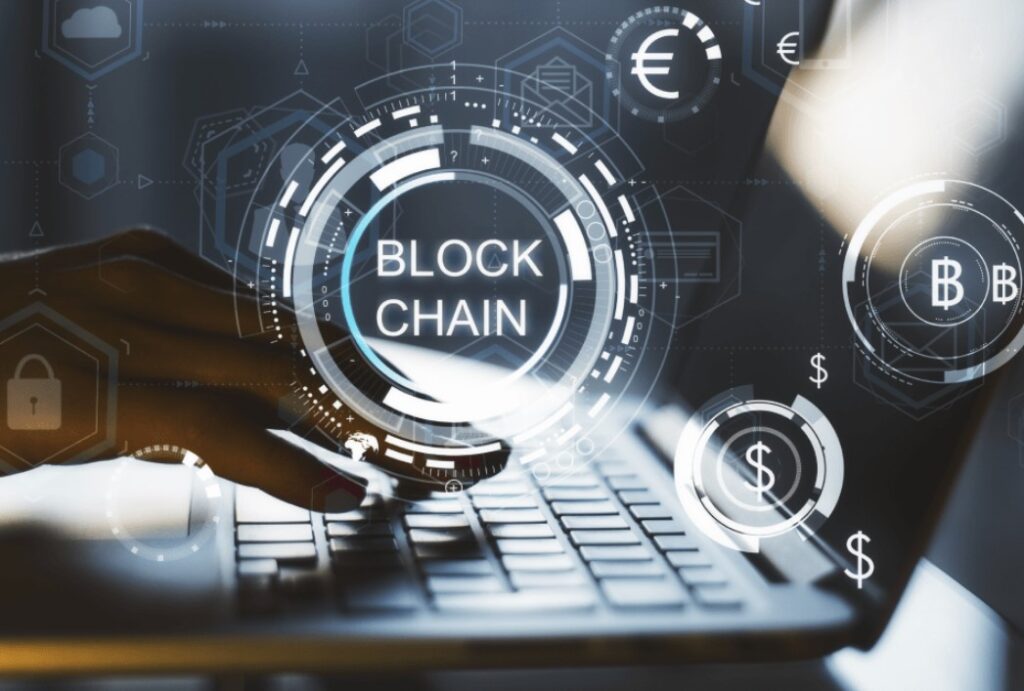
Source: bernardmarr.com
Information and data are the lifeblood of the business. It’s preferable if it’s received quickly and accurately. Because it stores information on an immutable ledger that permission network members can only access, blockchain is excellent for providing such details.
Users may track orders, payments, accounts, production, and transportation with a blockchain network. You can see all facts of a transaction end-to-end, offering you greater convenience as well as additional efficiencies and opportunities because members share a single version of the truth.
The Significance of Internet of Things (IoT)
The Internet of Things (IoT) provides a platform for users to connect and operate these objects using big data technology, resulting in improved performance, economic benefits, and reduced human participation. The internet of things (IoT) refers to the expansion of internet connectivity beyond computers and mobile devices.
It can connect to a variety of devices that aren’t connected to the internet. The machines are brought to life and can connect with one another over the internet once they have been embedded with technology which implies they can be remotely monitored and controlled.
Integration of Blockchain and IoT
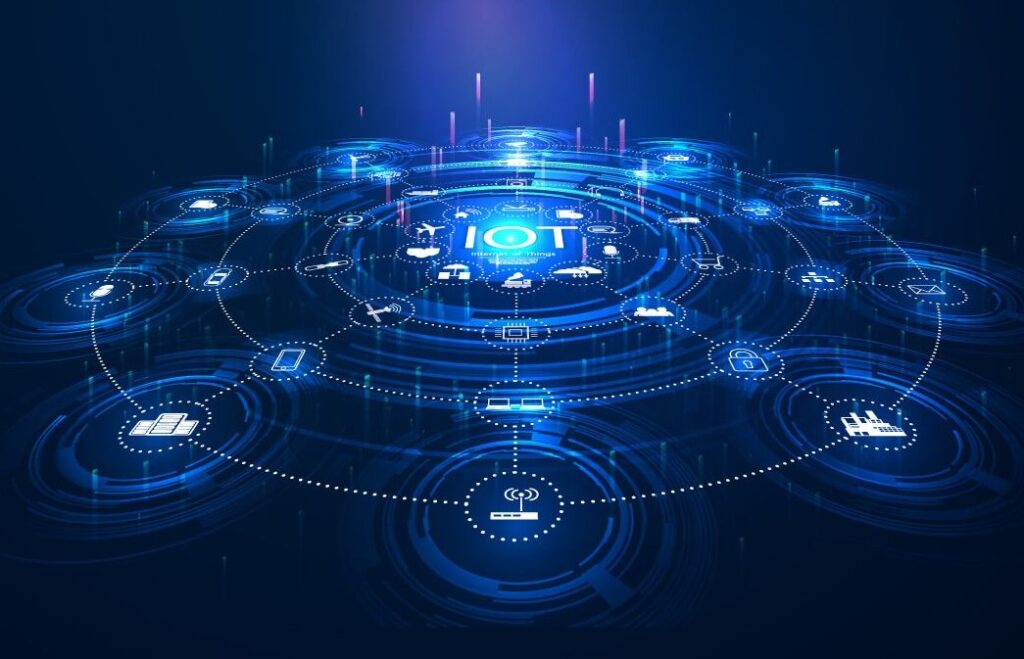
Source: nexans.com
Many firms are considering combining blockchain and the Internet of Things, and there are already deployments, solutions, and efforts in place in various domains, including IoT and financial services transformation.
Blockchain technology has numerous advantages. As some claim, they aren’t the answer to all the digital economy’s problems, but they will undoubtedly play a more significant part in the Internet of Things.
Because the Internet of Things applications are dispersed by design, it’s only natural that distributed ledger technologies, such as blockchain, will play a role in how devices communicate with one another directly.
Blockchain is intended to serve as the foundation for apps involving transactions and interactions. Intelligent contracts or other smart programs that support particular Internet of Things processes are examples of this. As a result, blockchain technology can increase not only IoT compliance but also IoT features and cost-effectiveness.
Benefits of Integration of Blockchain and IoT
The combination of IoT and blockchain brings up new possibilities for all parties involved, reducing inefficiencies, improving security, and increasing transparency while enabling safe machine-to-machine transactions.
Improved Security
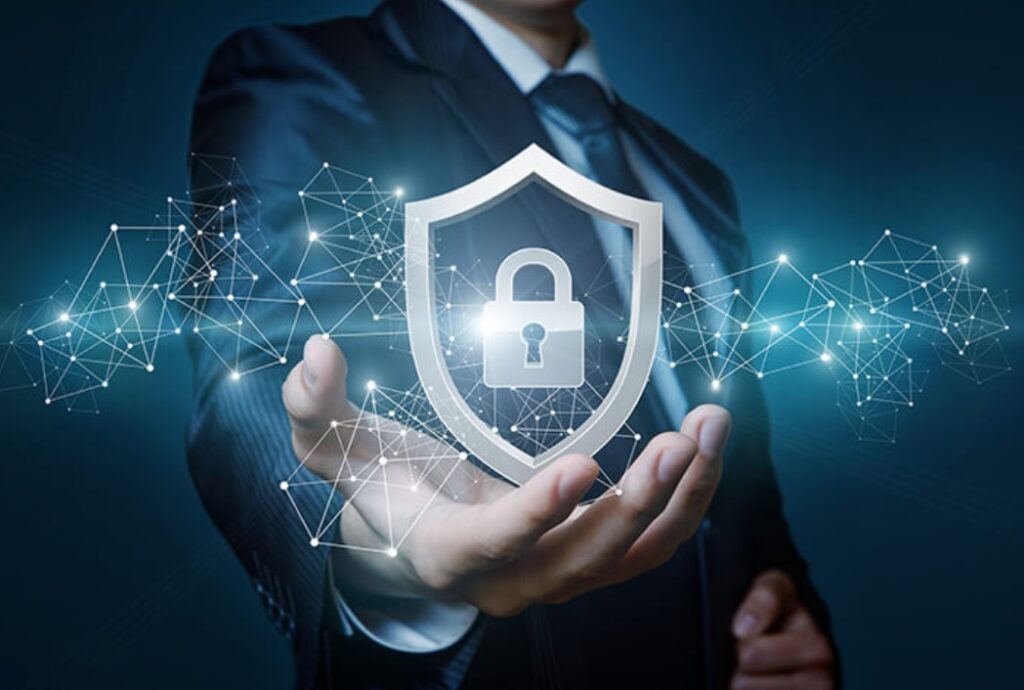
Source: jagwire.augusta.edu
Data may be digitally signed on blockchain as a distributed ledger for various IoT transactions, and any modifications can be traced back, which is auditable. Several IoT devices can be connected and spread throughout a distributed fabric. All IoT transactions, such as registration, resource sharing, authentication, authorization, alerts, and so on, can be written in a ledger and remain unmodified.
Any changes to the transaction can be traced quickly, which ensures convenience and protection. Consensus and permissioned membership services are both possible with a permissioned blockchain. Data may be stored and spread across the globe via a decentralized ledger. It is transparent and user-friendly. Scaling, maintaining, and managing this decentralized security approach will be simple and inexpensive.
It will not, above all, have a single point of failure. It’s becoming increasingly difficult to detect, authenticate, and protect devices as the number of systems grows exponentially. The authentication and identity of devices will be secured using distributed database technology with the advent of blockchain. Each IoT node will have a unique ID and address that can be registered and authenticated in the blockchain.
As a result, it will aid in the device’s unique identification. If a device wants to connect with another system, it will send a request using its unique blockchain ID and local blockchain wallet. The wallet will utilize a key to construct a one-of-a-kind digitally signed request sent to the target device, which will then use blockchain services to validate the signature using the sender’s public key. It is how machine-to-machine authentication can be done without a centralized support system.
Improved Performance
Not only will blockchain technology aid in the tracking of millions of connected devices, but it will also enable these devices to handle transactions and collaborate with one another with greater scalability and performance. This decentralized approach would very certainly result in a more resilient ecosystem for gadgets to operate in.
The use of blockchain will enable financial transactions to be completed without validation from a centralized entity or intermediaries. Because the blockchain nodes will authenticate the transaction without relying on a centralized authority, this level of autonomy is achievable.
Conclusion
To summarize, blockchain may be used to both log data in a tamper-resistant format and combat the introduction of hostile IoT devices into networks, allowing IoT systems to benefit from better privacy and security. Smart energy, innovative technologies, robotics, transportation, and supply chain are some of the most common IoT applications that apply blockchain today.


